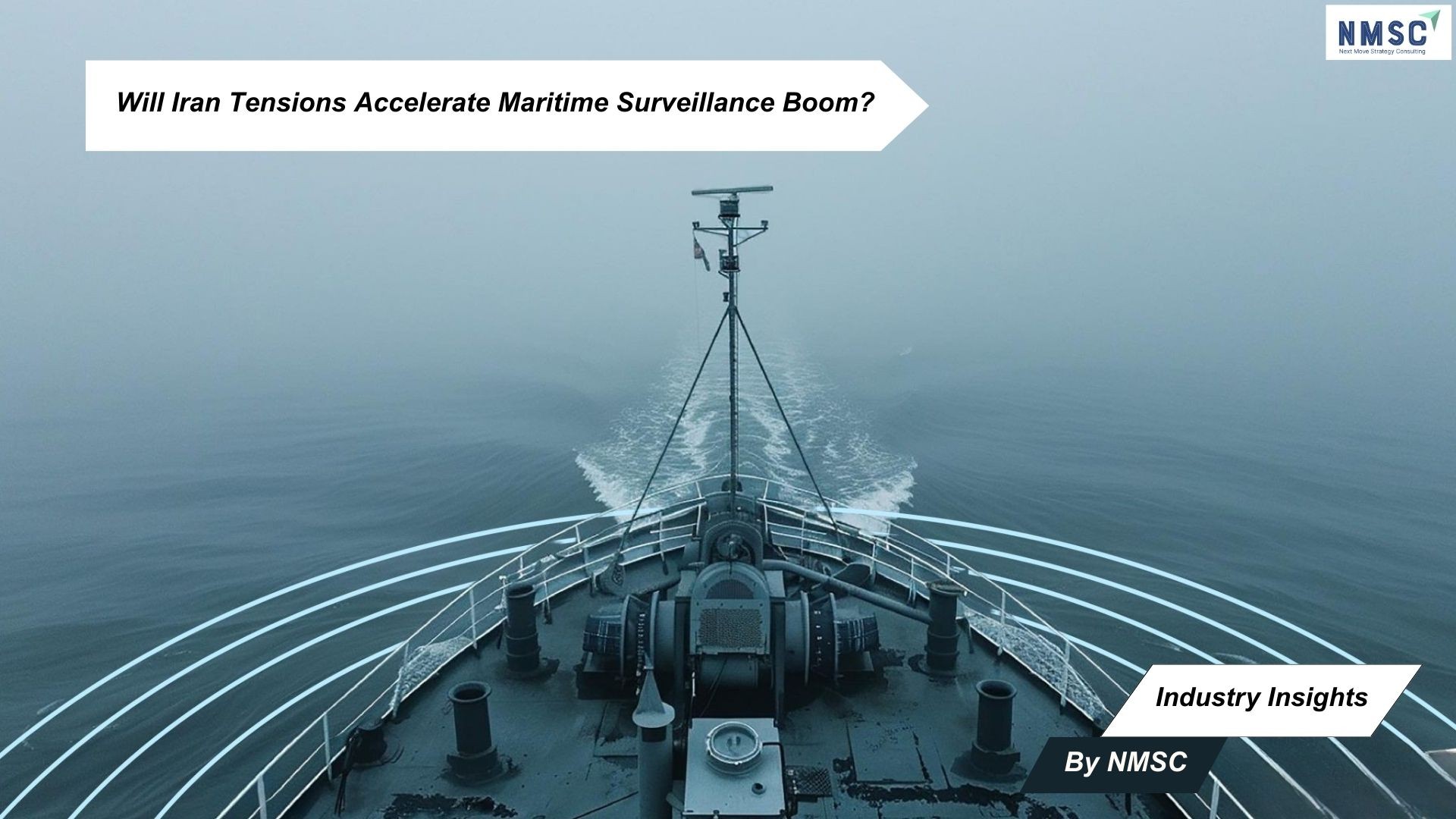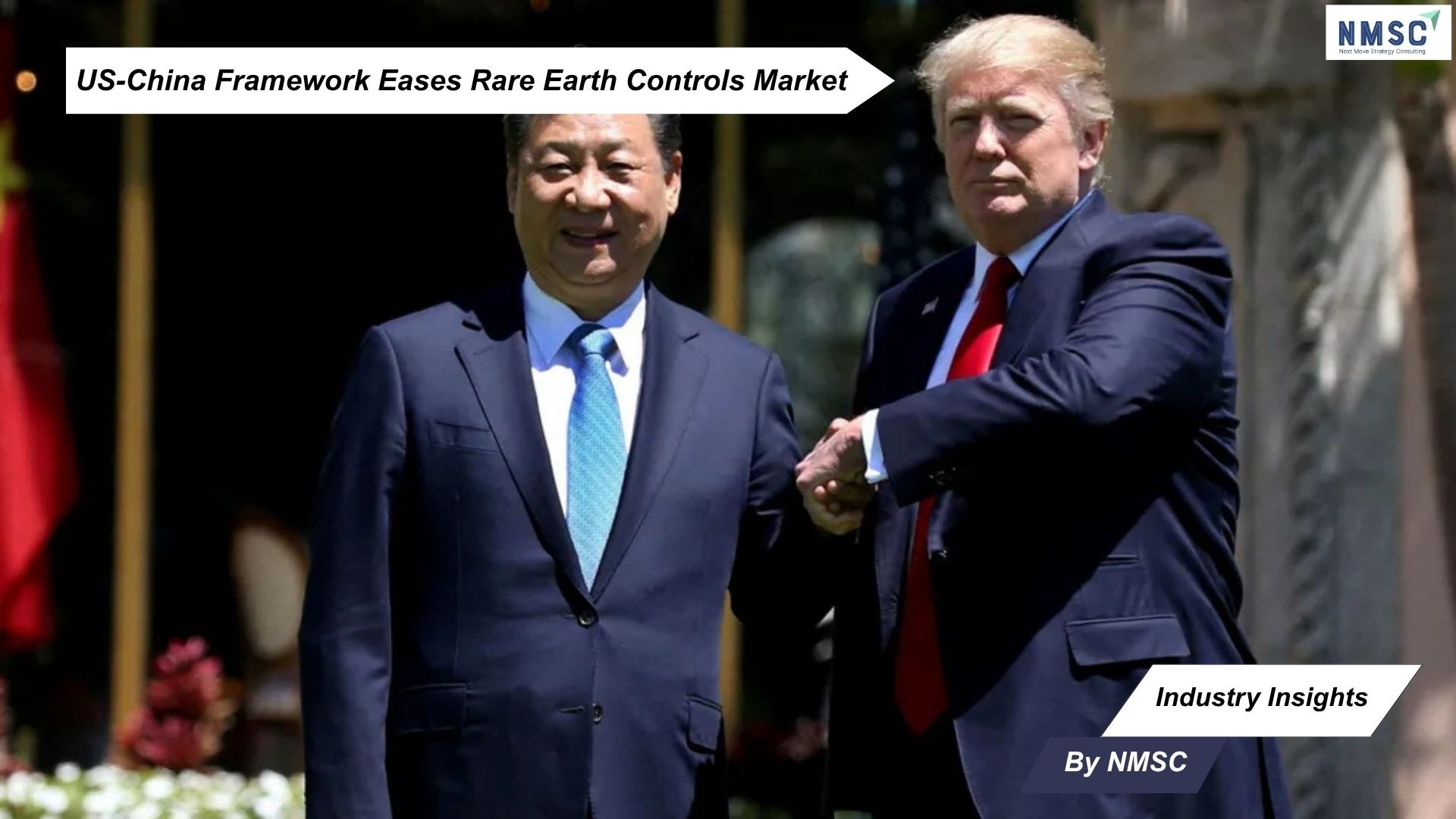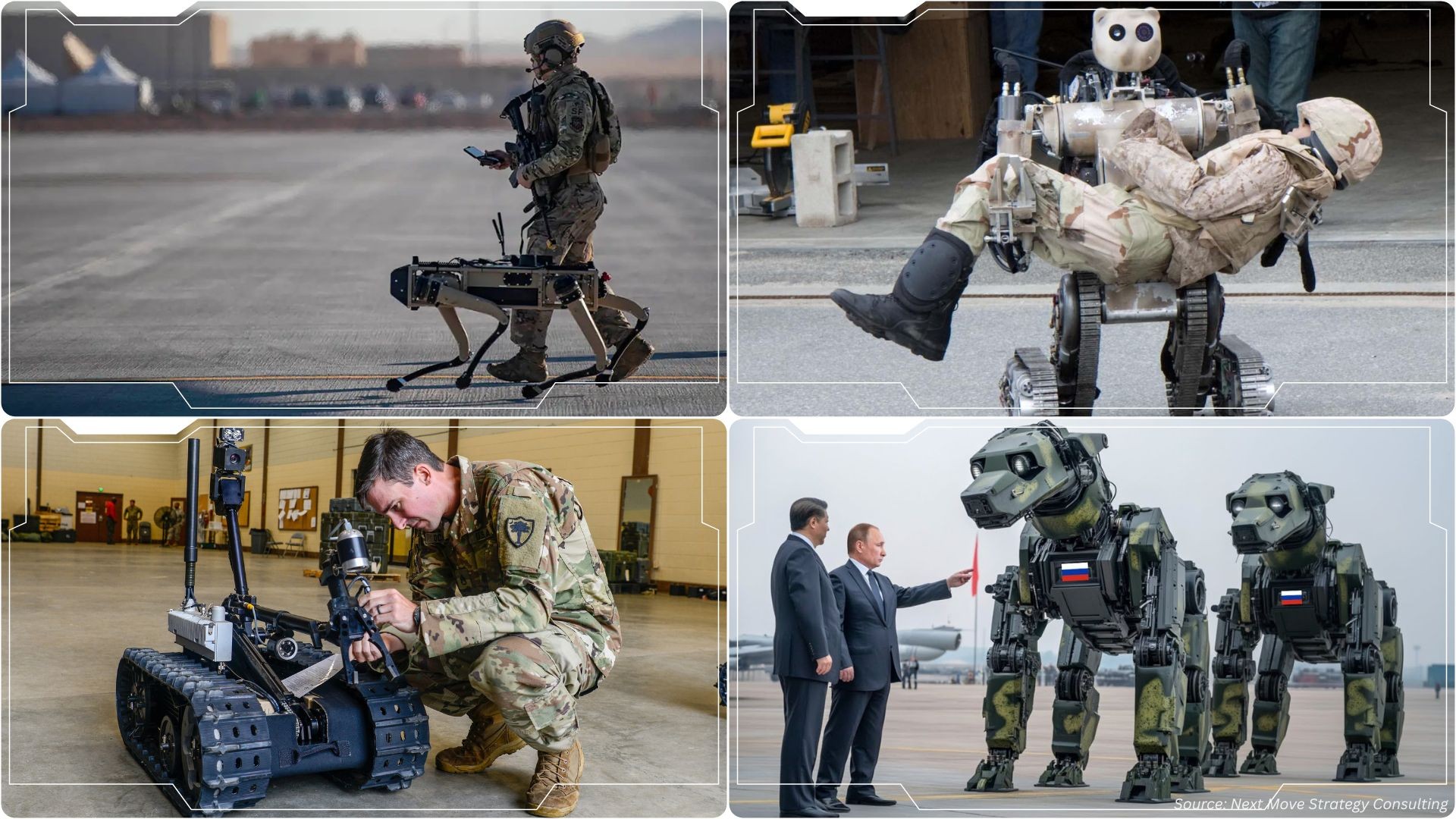Will Iran Tensions Accelerate Maritime Surveillance Boom?
Published: 2025-09-24

Industry Insights from Next Move Strategy Consulting
As geopolitical uncertainties intensify in critical waterways, the Maritime Reconnaissance and Surveillance Technology Market emerges as a vital pillar for global trade protection. The sector is poised to expand to USD 49 billion by 2030, propelled by advancements in drone systems and AI-driven monitoring that deliver real-time insights into vessel movements and potential threats.
What Fuels Rapid Market Expansion?
Traditional maritime oversight has long relied on limited radar and satellite coverage, leaving gaps in threat detection amid rising piracy and territorial disputes. This market addresses those vulnerabilities through integrated technologies that enhance domain awareness across oceans and coastal zones, aligning with heightened international security mandates.
"The integration of unmanned systems is redefining maritime defense strategies," notes a recent analysis from Next Move Strategy Consulting. "Organizations are prioritizing scalable solutions to navigate complex environments with precision."
Core Innovations Driving Adoption:
-
Drone-Enabled Patrols for persistent aerial coverage, reducing response times in remote areas.
-
AI-Enhanced Analytics for anomaly detection in shipping patterns and automated alerts.
-
Multi-Sensor Fusion combining radar, sonar, and optical data for comprehensive threat profiling.
-
Cloud-Based Platforms enabling seamless data sharing among allied naval forces.
-
Edge Computing Modules supporting offline operations in contested maritime domains.
Navigating Geopolitical Headwinds with Advanced Tools
Central to this growth is the sector's adaptability to real-world pressures, including sanctions and nuclear standoffs that disrupt key shipping corridors. Iran's Supreme Leader Ayatollah Ali Khamenei has dismissed direct U.S. talks on the nuclear program as "a sheer dead end" and "an imposition," amid negotiations with European powers to avert reimposed sanctions set for snapback on Saturday. With Tehran amassing uranium stockpiles over 40 times the 2015 deal's limits and facing penalties on ballistic missile development, these tensions exacerbate risks in the Persian Gulf—a chokepoint for 20% of global oil transit.
The U.N. Security Council's rejection of sanctions relief, coupled with stalled E3 talks and Iran's threats to suspend IAEA cooperation, signals potential escalations that demand bolstered surveillance to safeguard tanker routes and deter illicit arms flows. This scenario directly amplifies market demand, as nations invest in reconnaissance tech to monitor compliance and preempt disruptions.
Global Response and Forward Momentum - Next Move Strategy Consulting's View
Stakeholders from naval commands to commercial shippers are accelerating deployments, especially in Asia-Pacific, the fastest-growing region through 2030. With IAEA inspectors en route amid slim hopes for a deal, the market's emphasis on resilient, interoperable systems positions it as indispensable for mitigating sanction-induced volatilities.
According to Next Move Strategy Consulting, such dynamics are channeling investments toward hybrid surveillance architectures, fostering interoperability and rapid scalability.
Charting Secure Seas in an Unpredictable Era
In an age of contested waters, the maritime reconnaissance and surveillance technology industry heralds a fortified approach to oceanic guardianship—one where innovation outpaces instability. This evolution equips stakeholders with the foresight to protect vital trade arteries against emerging risks.
Source: ALJAZEERA
Prepared By: Next Move Strategy Consulting
About the Author
 Sneha Chakraborty, a skilled SEO Executive and Content Writer with over 4 years in digital marketing, excels in boosting online visibility and engagement with data-driven strategies and compelling content. Passionate about simplifying digital ideas, she enjoys reading, sketching, and nature photography.
Sneha Chakraborty, a skilled SEO Executive and Content Writer with over 4 years in digital marketing, excels in boosting online visibility and engagement with data-driven strategies and compelling content. Passionate about simplifying digital ideas, she enjoys reading, sketching, and nature photography.
About the Reviewer
 Sanyukta Deb is a skilled Content Writer and Digital Marketing Team Leader, specializing in online visibility strategies and data-driven campaigns. She excels at creating audience-focused content that boosts brand presence and engagement, while also pursuing creative projects and design interests.
Sanyukta Deb is a skilled Content Writer and Digital Marketing Team Leader, specializing in online visibility strategies and data-driven campaigns. She excels at creating audience-focused content that boosts brand presence and engagement, while also pursuing creative projects and design interests.

















Add Comment